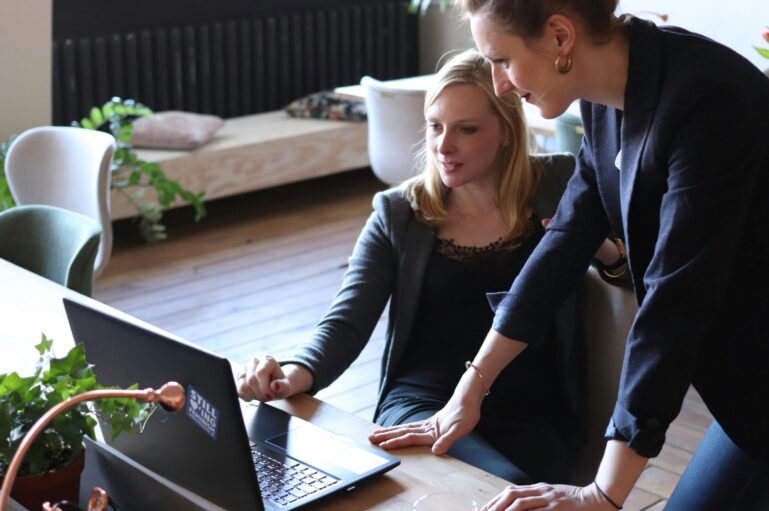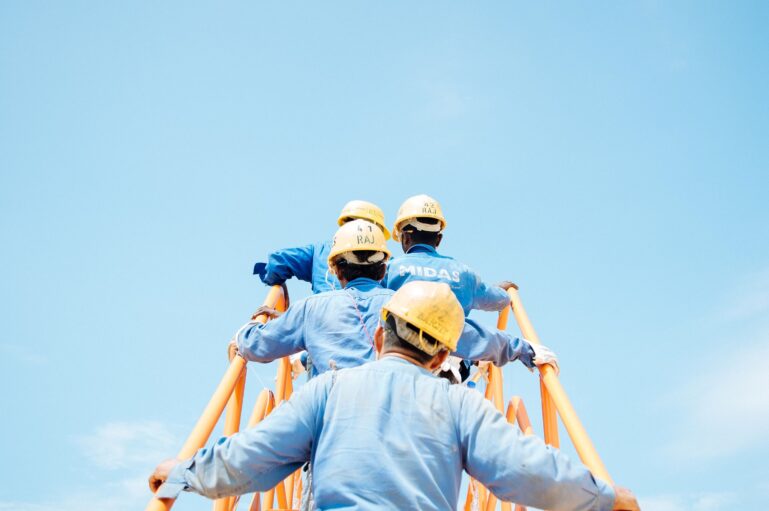According to an old legend, vizier Sissa Ben Dahir presented an Indian King Sharim with a beautiful, hand-made chessboard. The king asked what he would like in return for his gift and the courtier surprised the king by asking for one grain of rice on the first square, two grains on the second, four grains on the third, etc. The king readily agreed and asked for the rice to be brought. All went well at first, but the requirement for 2 (n – 1) grains on the nth square demanded over a million grains on the 21st square, more than a million million on the 41st and there simply was not enough rice in the whole world for the final squares (there being 64 squares on a chessboard). If physically possible, on the entire chessboard there would be about 18,446,744,073,709,551,615 grains of rice, weighing 461,168,602,000 metric tons, which would be a heap of rice larger than Mount Everest. This is around 1,000 times the global production of rice in 2010 (464,000,000 metric tons).
From the above, it is quite clear that exponential growth can never continue very long in a finite space and with finite resources. Exponential growth, however, is possible in short bursts – creativity, energy, resources and focus are applied to a business (its products and services) in innovative ways to accelerate growth exponentially over a period of time. This brings the business to a new plateau where it is perhaps more recognisable, trusted and patronised. There is an increase in sales in sought-after products and the firm backs this up with great service and ongoing branding exercises. It maintains its position on this “crest of the wave” for a period, but then finds interest waning and results levelling off. The business leadership discovers that just doing the same things that led to previous successes are not necessarily appropriate any more. Something else needs to be done to maintain current levels of achievement and promote further growth.
Stagnation occurs when we do the same things over and over again, even though we are doing them well. The human spirit, however, is designed to be creative and innovative, to grow, to be adventurous and to attempt new things. “Stretch” is a requirement of humanness, not an option. In normally integrated people, there is an inner demand to move beyond mediocrity – a drive to improve, grow and achieve. This same drive resides in business owners – they want their business to capture market share, fulfil organisational objectives and deliver on profit expectations. The same perhaps can’t be said of those who work in those businesses, most of whom just go through the motions of everyday responsibilities and work without employing individual creativity and energy to innovation, new ideas and remarkable customer service. They “exist”, but don’t offer their best.
It would seem that business leaders have an innate responsibility to facilitate creativity – develop an environment where a focus on innovation is part of everyone’s job. This leadership context is one where middle management is measured on innovation, implementation of new methodology to reach out to customers, new thinking that has been tested and applied and whether or not they have encouraged their employees to participate in planning exercises and idea forums.
Climbing to new heights and maintaining your altitude requires creativity, energy and renewed focus. Past successes may offer helpful pieces of information and ideas, but can’t be relied on totally to sustain success. To achieve sustainable success, businesses need ongoing injections of innovation, new approaches and creativity from everyone.










